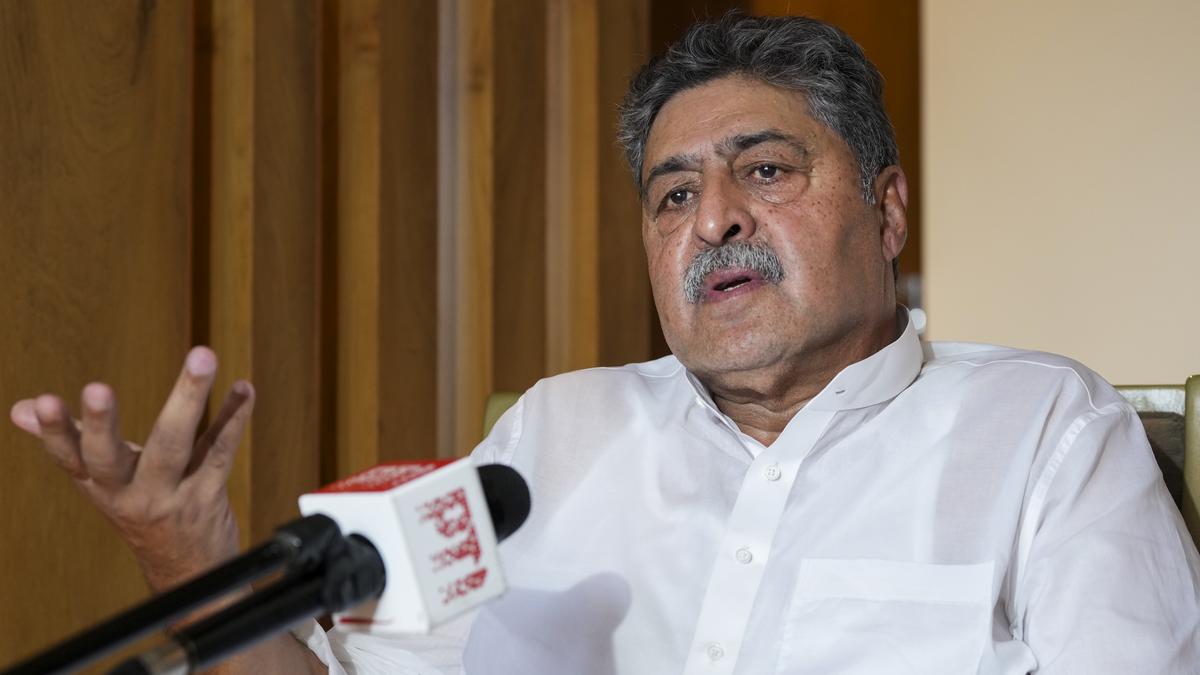Now Reading: Kerala Govt Launches Cy-TB Test for Advanced Tuberculosis Detection
-
01
Kerala Govt Launches Cy-TB Test for Advanced Tuberculosis Detection
Kerala Govt Launches Cy-TB Test for Advanced Tuberculosis Detection

Quick Summary
- Kerala health authorities introduced Cy-TB, a new intradermal test for detecting latent tuberculosis (TB) infection, under the National TB Elimination Program (NTEP).
- Unlike active TB disease, latent TB infection involves dormant Mycobacterium tuberculosis. Infected individuals have no symptoms and are not contagious but may develop active TB if left untreated-5-10% progression risk depending on immunity.
- A 2023 cross-sectional study in Thiruvananthapuram revealed 20.5% prevalence of latent TB among adults. Rates were age-dependent: 11.5% in the 18-35 group and 30.3% among those aged 58+.
- Kerala has systemic risks including high diabetes prevalence, chronic kidney disease, alcohol use disorders, and dialysis populations-which heighten vulnerability to active TB growth.
- Cy-TB offers a simplified option to earlier tests like Interferon Gamma Release Assay (IGRA), providing greater specificity and user-friendliness via skin testing administered by trained nurses.
- Cy-TB will be accessible at government facilities such as district TB centres, taluk hospitals, dialysis centres, and private hospitals. It targets high-risk groups like healthcare workers, people on immunosuppressive therapy or anti-TNF treatments, organ transplant recipients awaiting surgery etc.
- Preventive therapy is optional but recommended for certain populations using short drug regimens such as weekly Isoniazid-Rifapentine (3HP) for three months or daily Isoniazid (6H) for six months.
Indian Opinion Analysis
keralas adoption of the advanced Cy-TB test marks a significant step toward addressing latent tuberculosis infections within its population under the NTEP framework. The move is both proactive and pragmatic given that nearly one-fifth of adults in certain districts carry dormant forms of Mycobacterium tuberculosis. Factors like aging demographics with increased susceptibility to immune compromise and co-existing health burdens-including diabetes-highlight an urgent need for targeted early intervention.
Rolling out precise diagnostics like Cy-TB across public-sector facilities improves accessibility while reducing dependency on resource-intensive methods such as IGRA tests prone to delays. However, logistical considerations remain; returning patients must follow up after initial testing-a process that could present challenges in remote locations or vulnerable settings unless effectively streamlined.
by focusing preventive therapy on identified high-risk groups rather than blanket applications across all infected individuals, this strategy minimizes over-prescription while maximizing impact where most needed-a balanced approach promising efficiency without unnecessary strain on public health resources. Ensuring robust implementation at local levels will be key in realizing Kerala’s broader vision within India’s national aim for complete eradication of tuberculosis by 2025.
Read more: Link






















